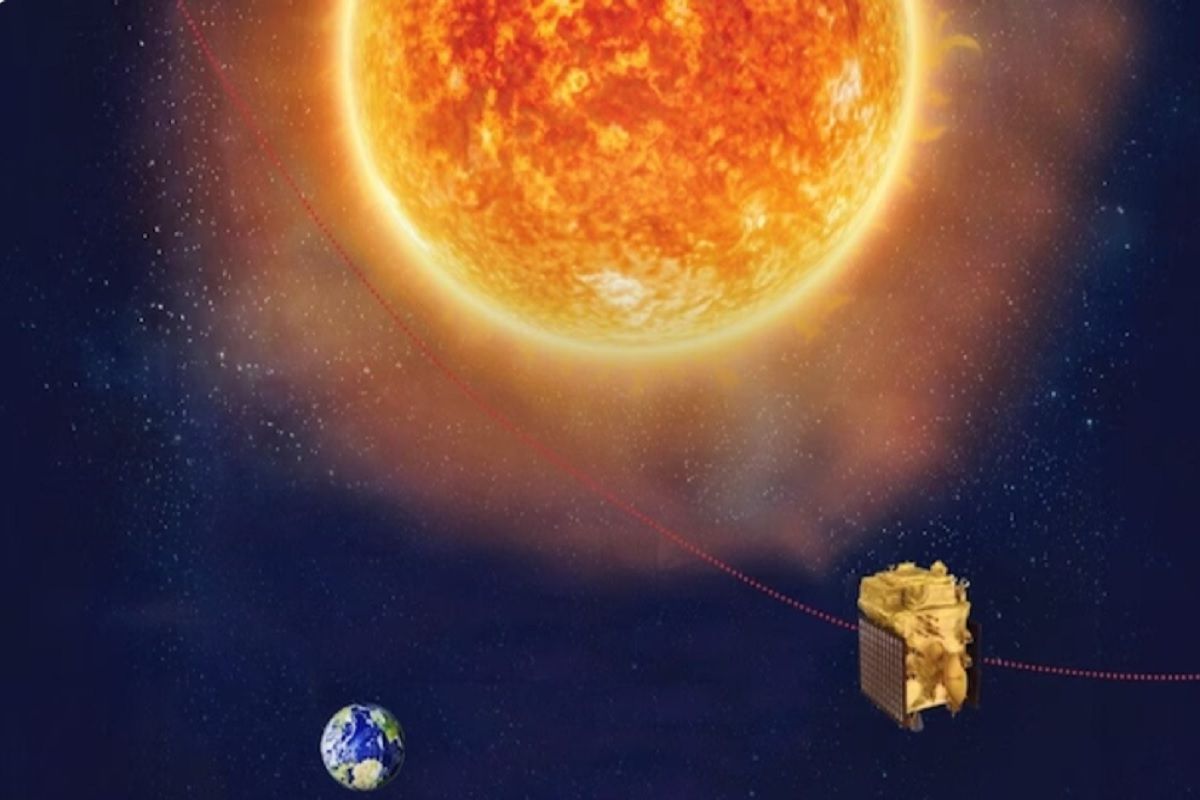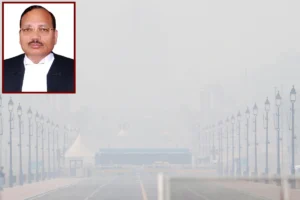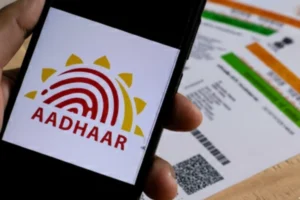
Aditya-L
Aditya-L1 Launch: Following the success of Chandrayaan-3, the Indian Space Research Organisation (ISRO) is now preparing for a mission to study the Sun. ISRO announced on Monday that India’s first solar mission, “Aditya-L1,” is scheduled to launch on September 2 at 11:50 AM from the Sriharikota Spaceport. The general public has also been granted permission to witness the launch from the Sriharikota Launch View Gallery.
Aditya-L1 will embark on a journey of 1.5 million kilometers onboard the heavy-duty launch vehicle, PSLV. ISRO Chief S Somnath stated that after the launch, it will take about 125 days for Aditya-L1 to reach the first Lagrange Point (L1) from Earth. The spacecraft has been designed for remote sensing of the solar corona (the outermost layer of the Sun) and in-situ observation of solar wind at L1.
What is ‘PAPA’?
The “Plasma Analyser Package for Aditya” (PAPA) will study the direction and abundance of electrons and heavy ions in the Sun’s hot atmosphere. It aims to determine the temperature of the corona and gather information about the weight of charged particles (ions) present in its atmosphere.
The ‘Lagrange Point One’ is a point in space where the gravitational forces of the Earth and the Sun balance the attraction and repulsion forces, creating an equilibrium region. According to NASA, these points can potentially reduce the fuel required for spacecraft to maintain their position in space. It’s named after the Italian-French mathematician Joseph-Louis Lagrange.
Mission Objectives
The main goal of the Aditya-L1 mission is to study the Sun from a close vantage point. It will carry seven payloads that will observe the Sun’s photosphere, chromosphere, and outermost corona in different wavelength bands. The mission will help us understand the corona’s temperature and the outermost layer of the Sun, also known as the corona. However, this mission is expected to be very challenging.
An ISRO official stated that Aditya-L1 is a completely indigenous effort, with participation from national institutions. The mission aims to collect data from near the Sun-Earth L1 point to estimate how far the temperature of the corona can reach—up to about ten lakh degrees—while the Sun’s surface temperature remains slightly above 6000 degrees Celsius.
Using the UV payload of Aditya-L1, it can study the corona and the solar chromosphere, and through the X-ray payload, it can study the X-ray emissions from the solar corona. The particle detectors and magnetometers can provide information about the charged particles and the magnetic field in the heliosphere region around L1. Developed by UR Rao Satellite Centre, the satellite has reached ISRO’s Spaceport in Sriharikota this month. It’s planned to be placed in orbit around L1 and cover the four quadrants of the ecliptic.
ISRO mentioned that having a satellite placed in the quadrants around L1 and the heliospheric region with its four payloads would be of great benefit in continuously monitoring the Sun and its effects without any obstruction from celestial bodies. It will provide a better understanding of solar activities and space weather in real time. Using the payloads, the straight solar observations will be performed and it is hoped that the other three payloads will help in studying particles and fields around the L1 point.
To read more such news, download Bharat Express news apps





















